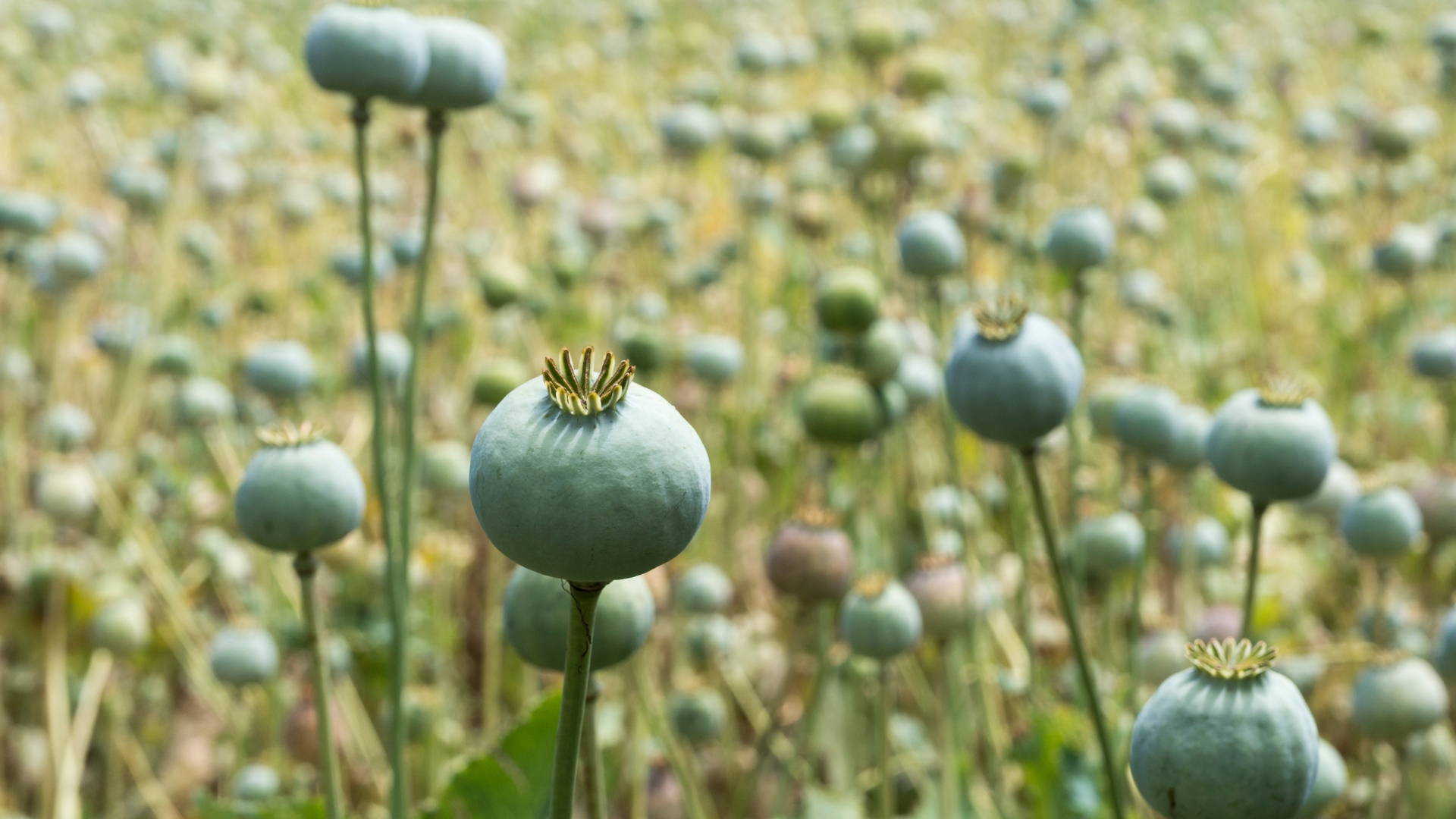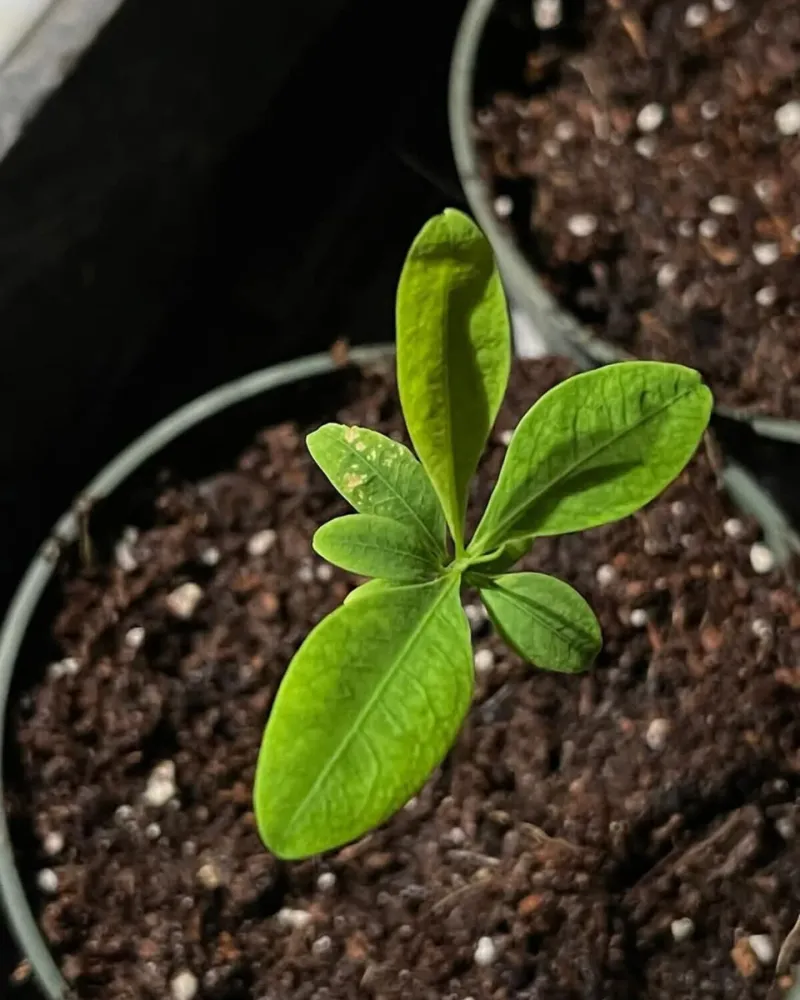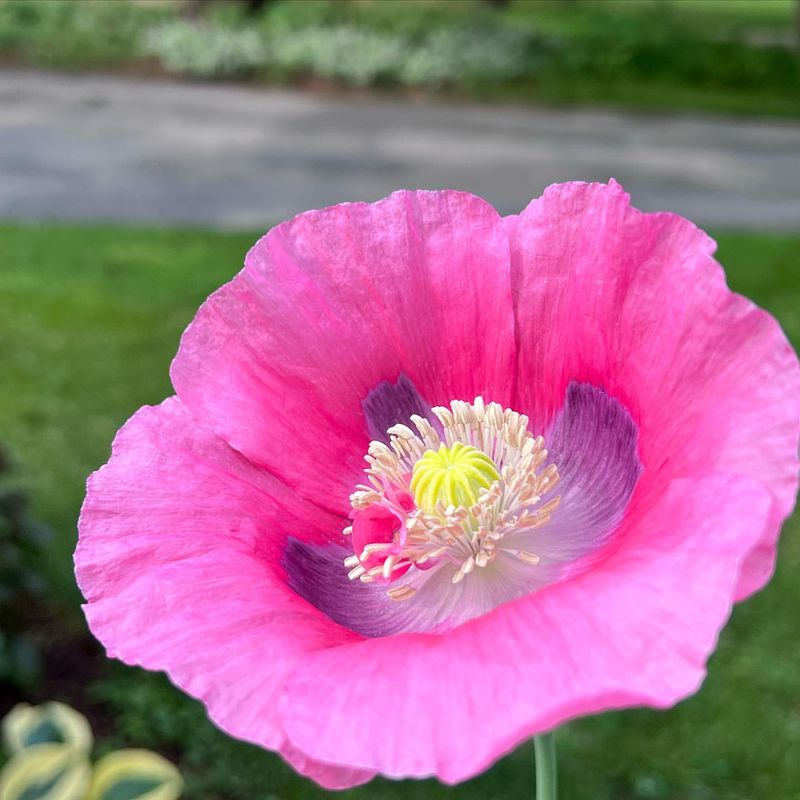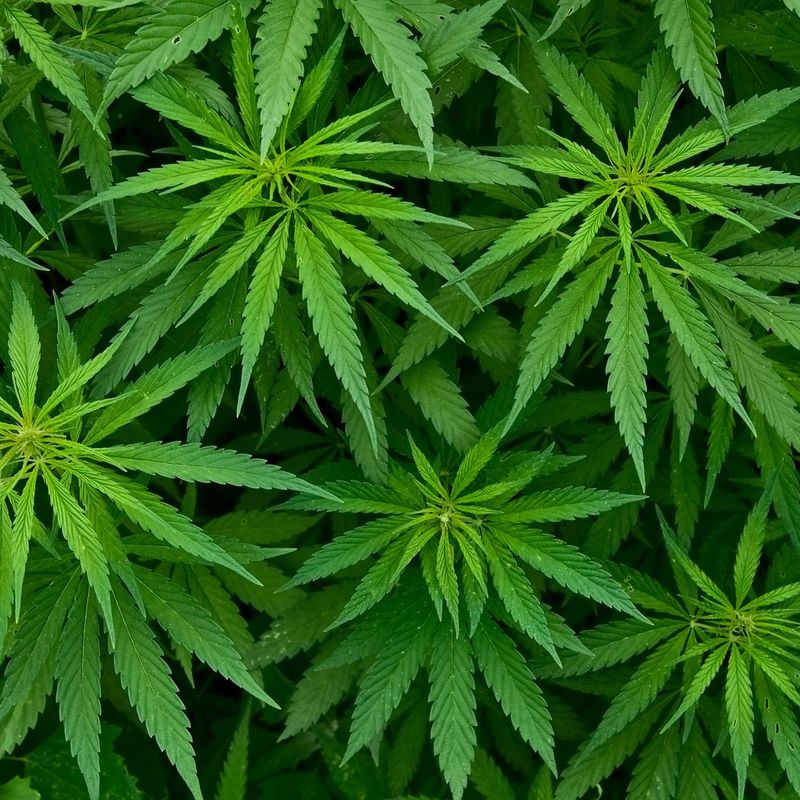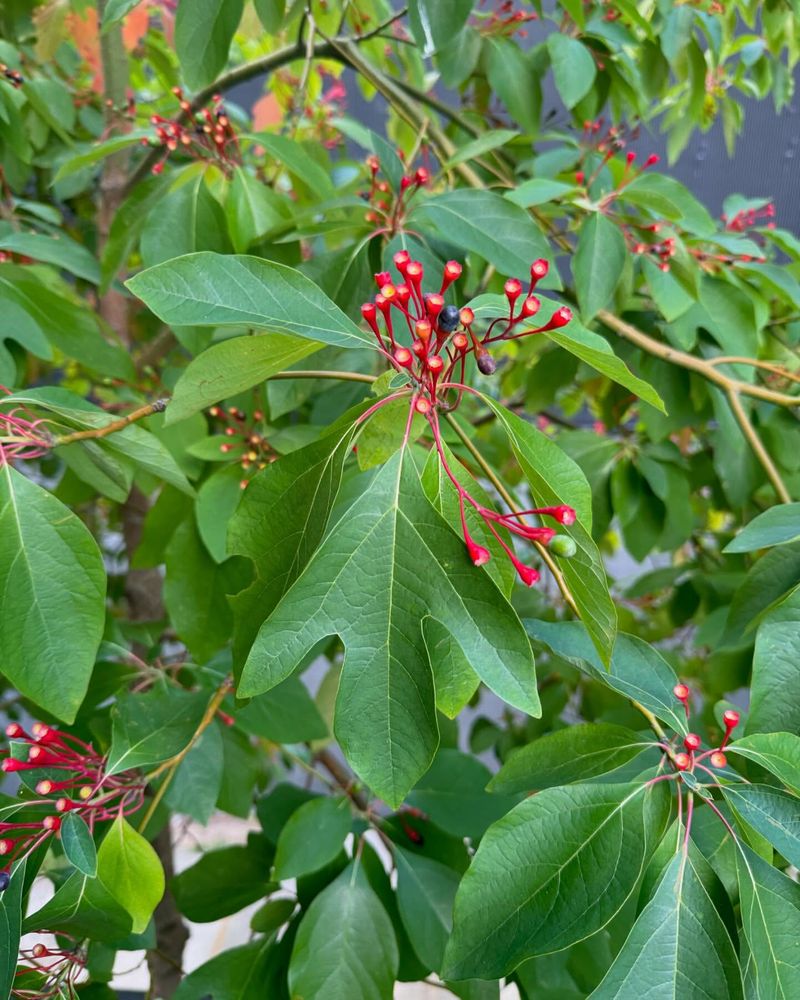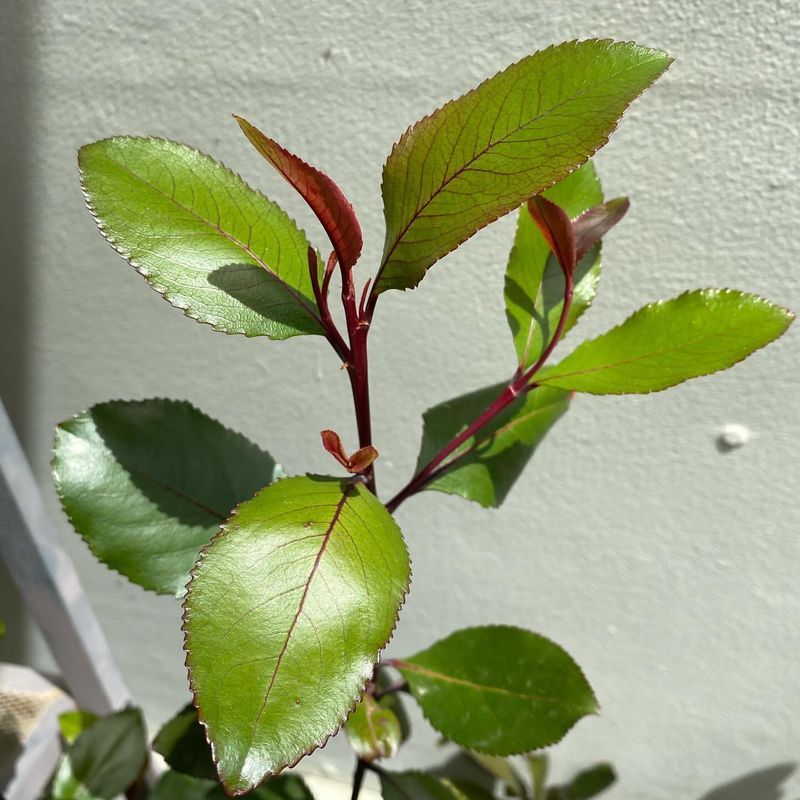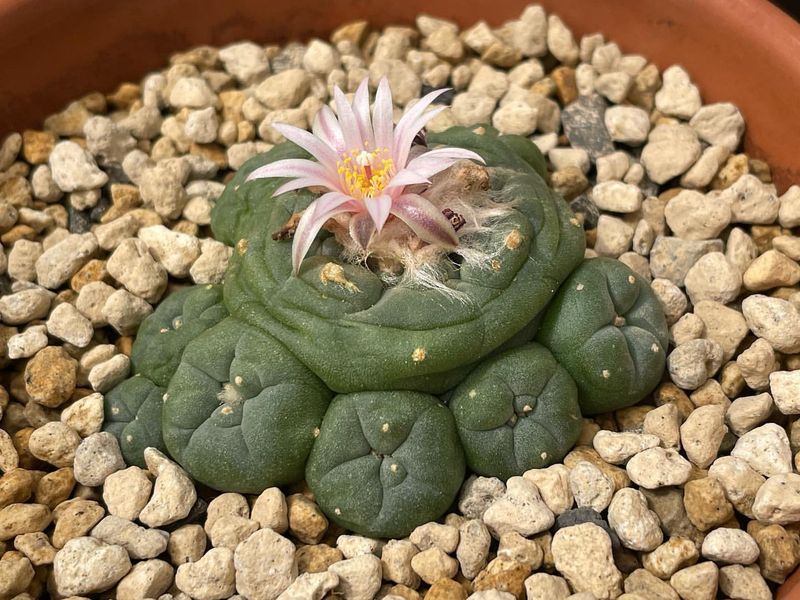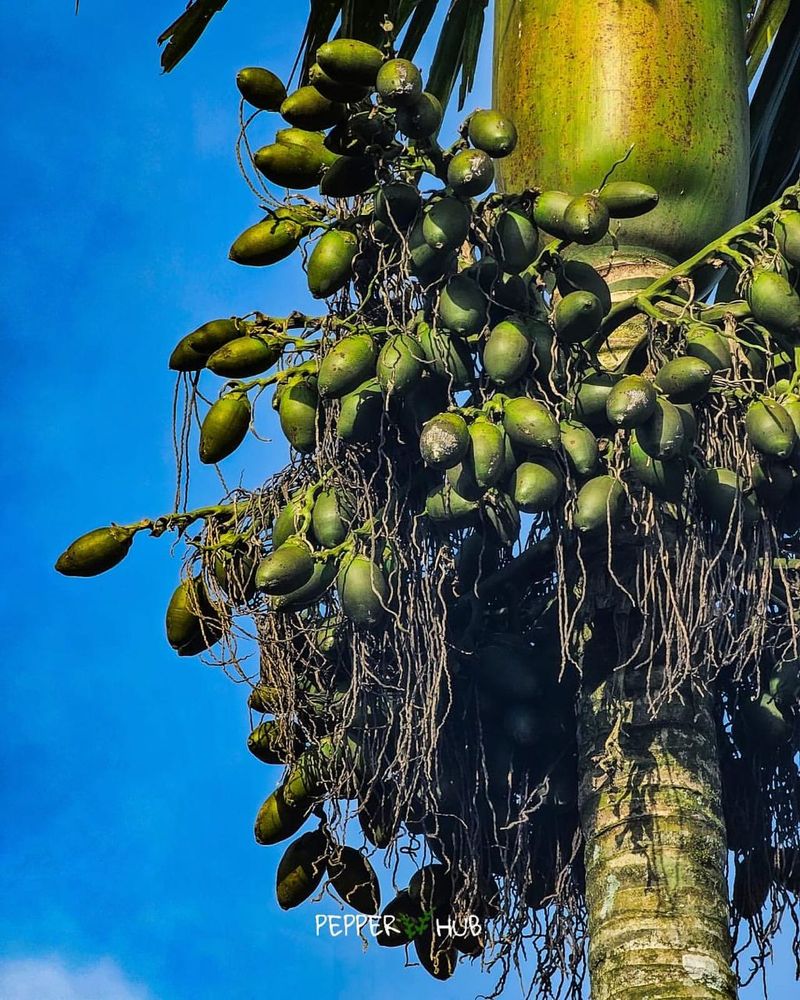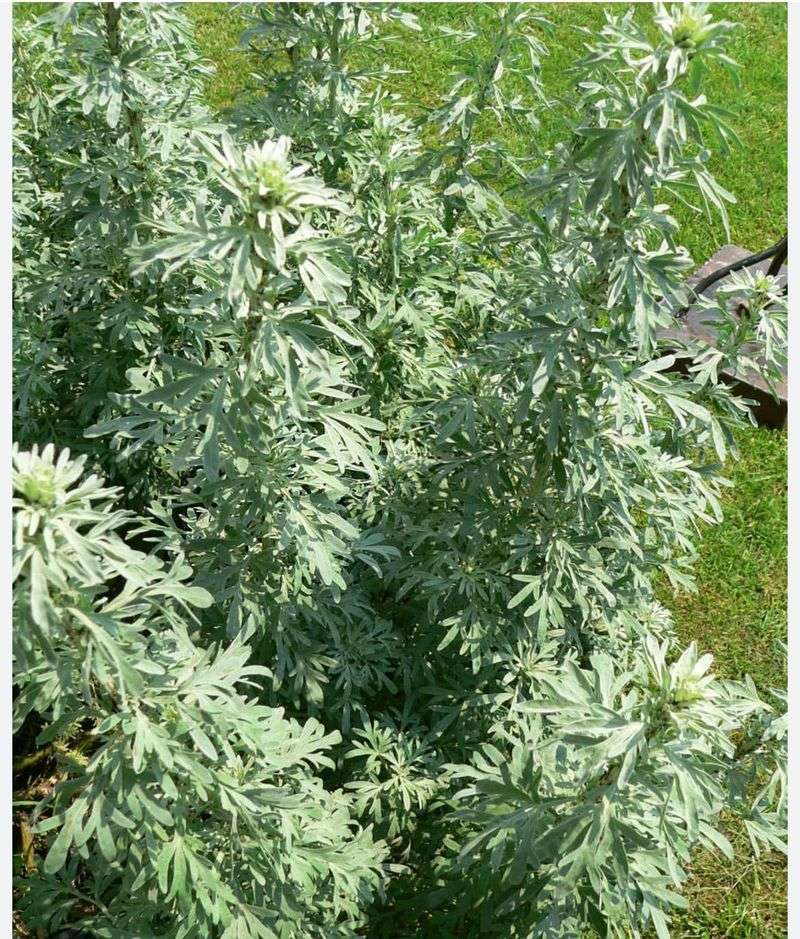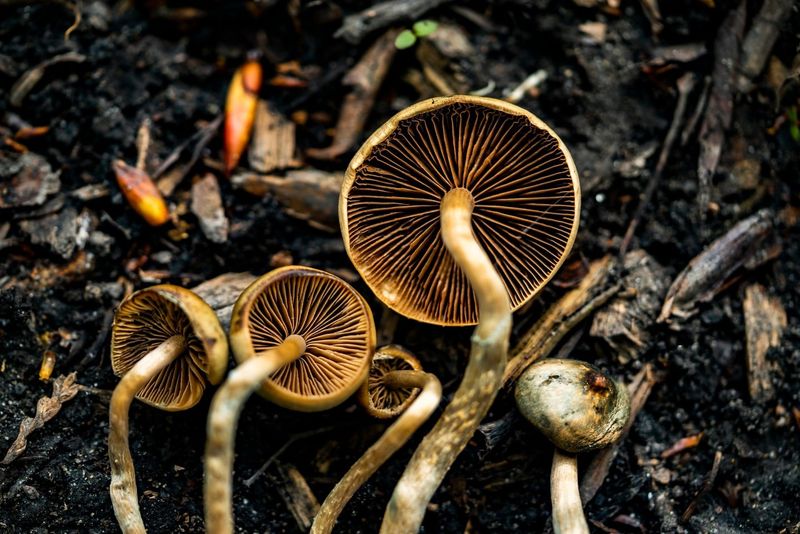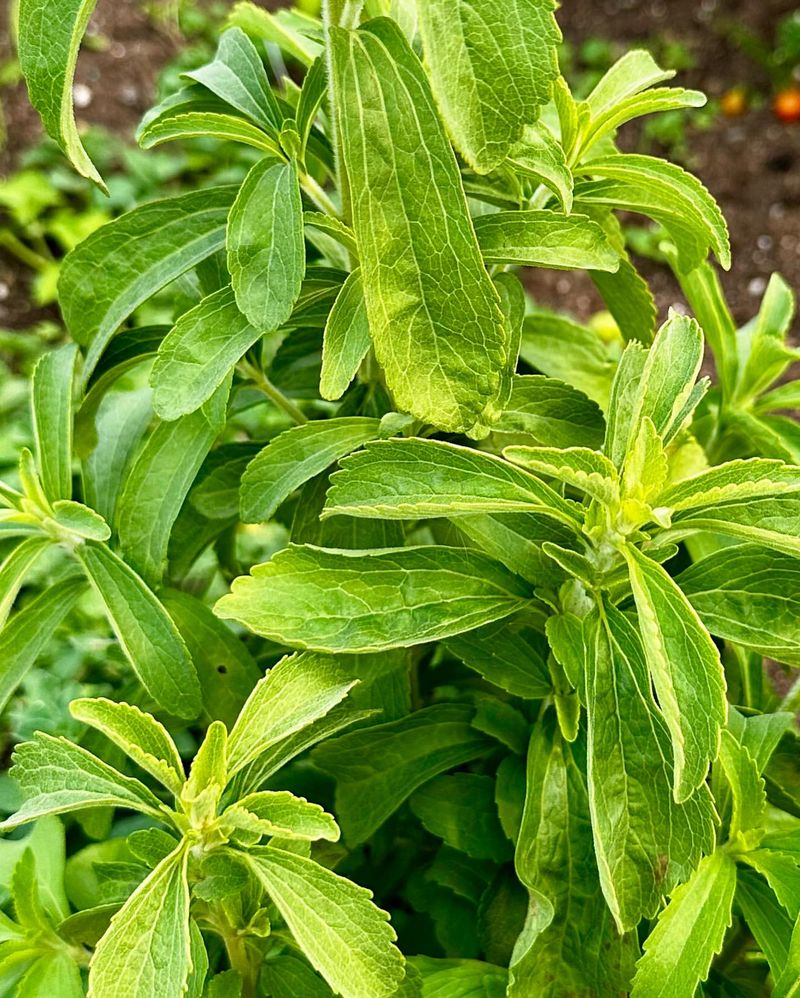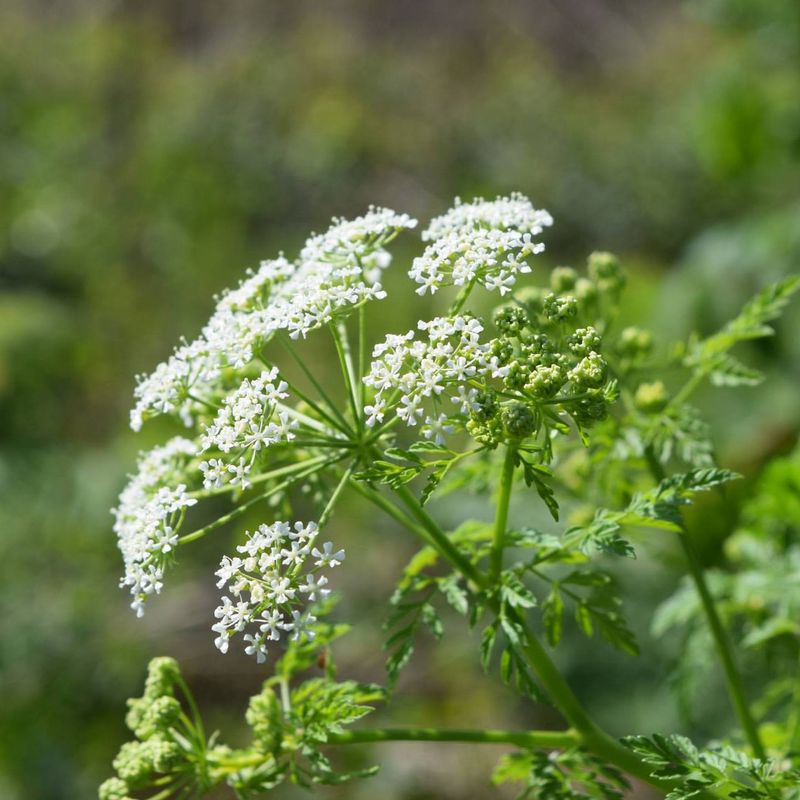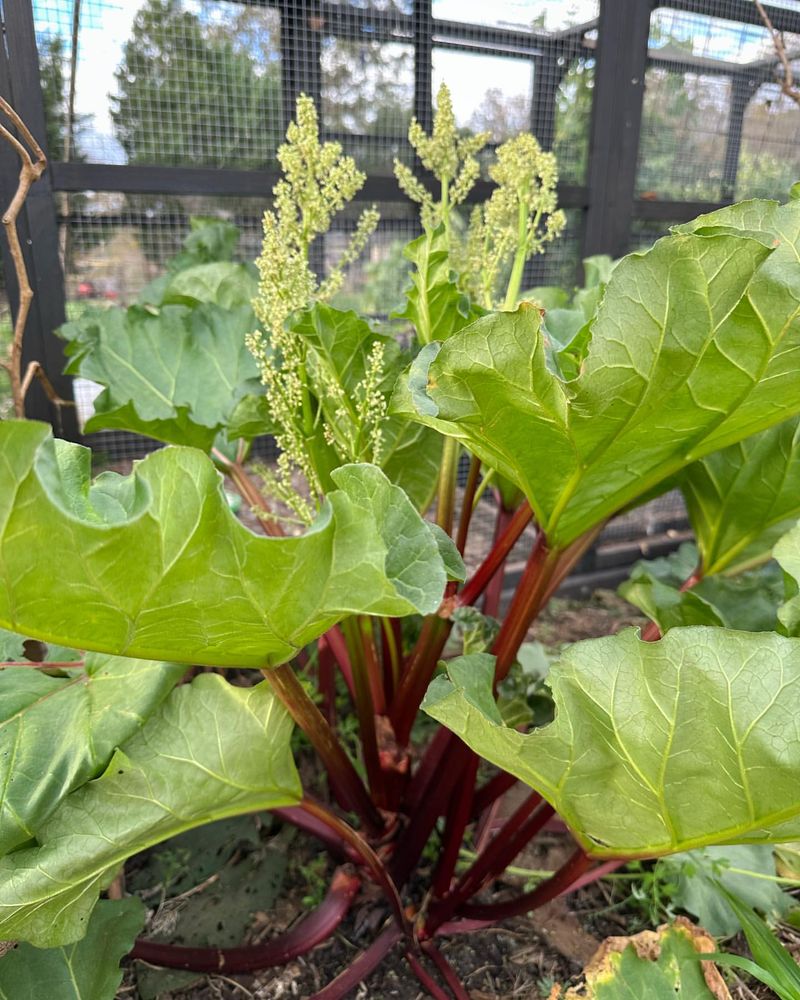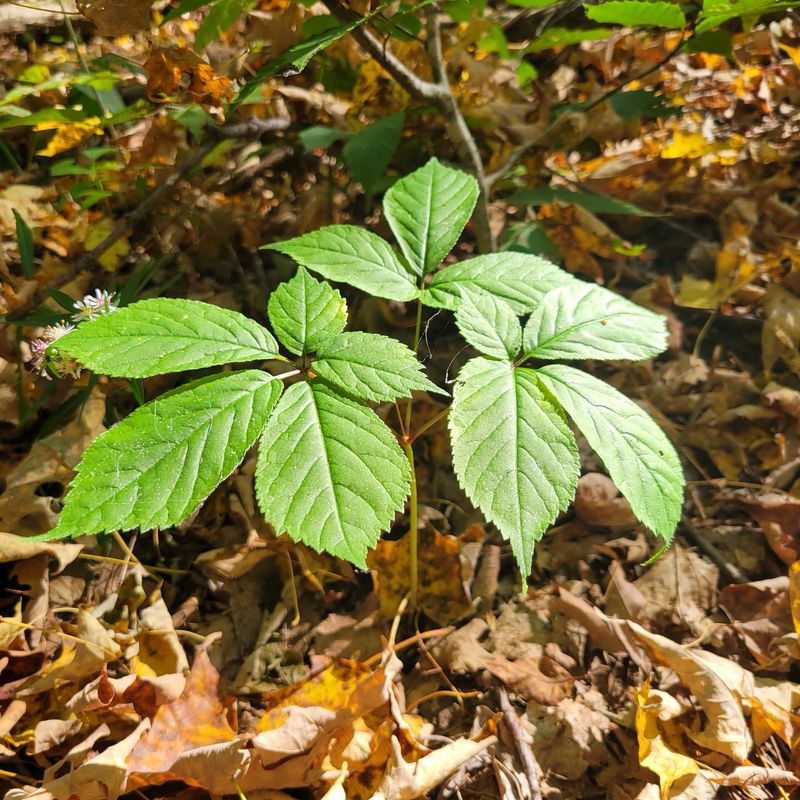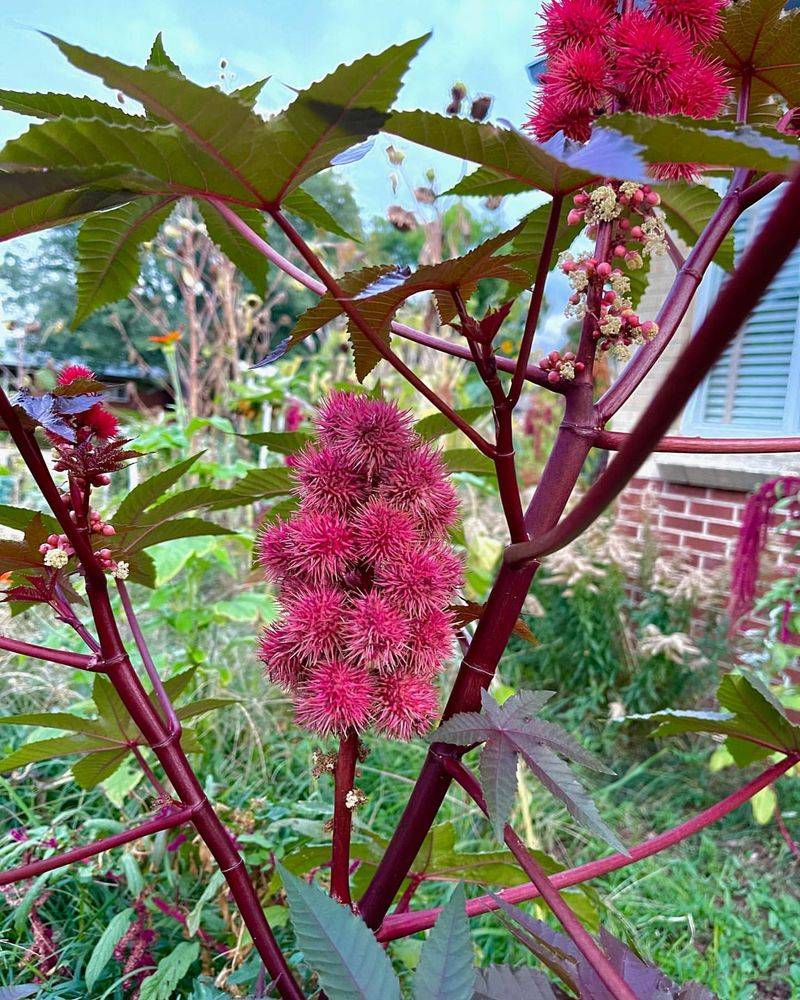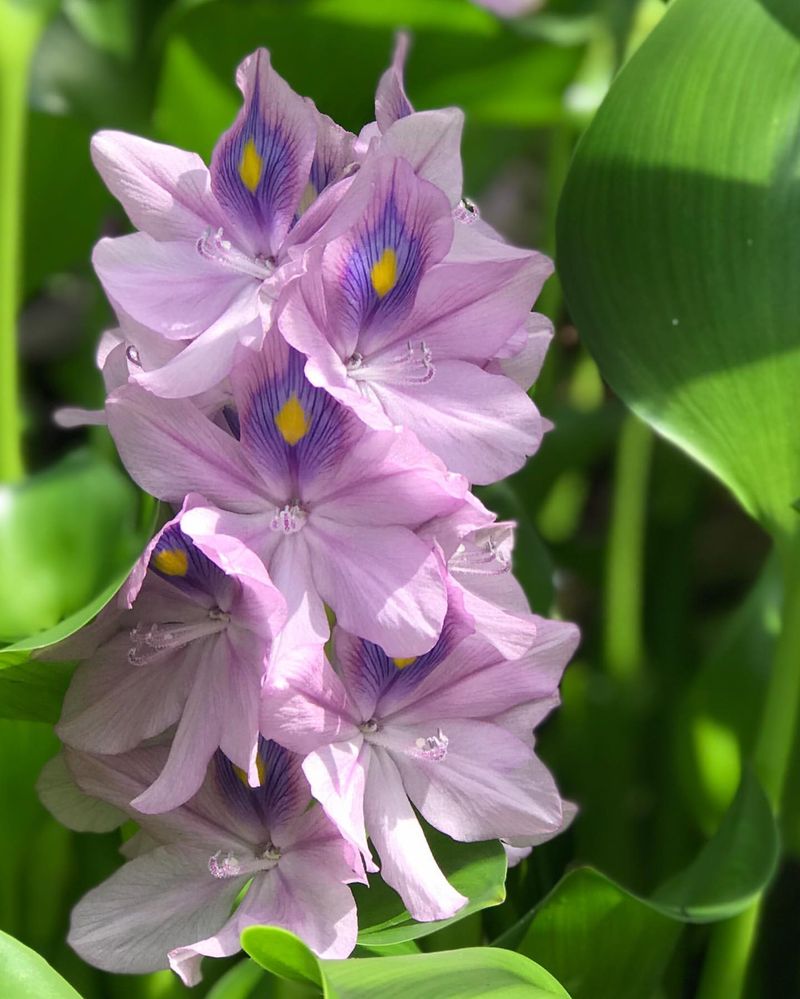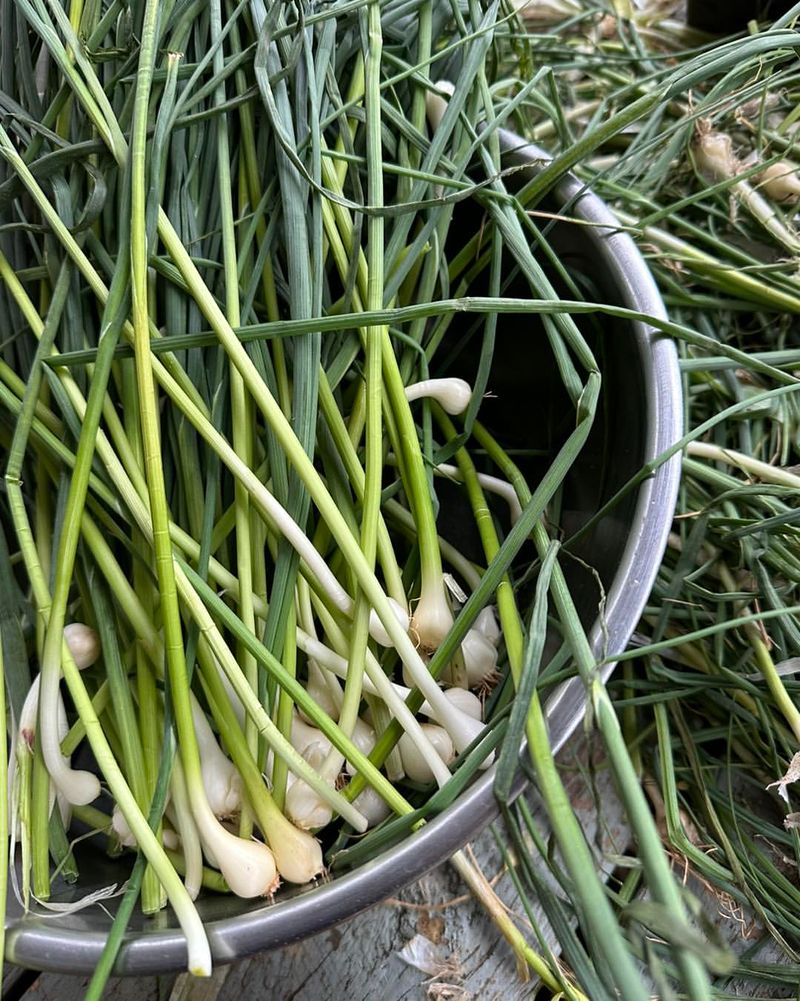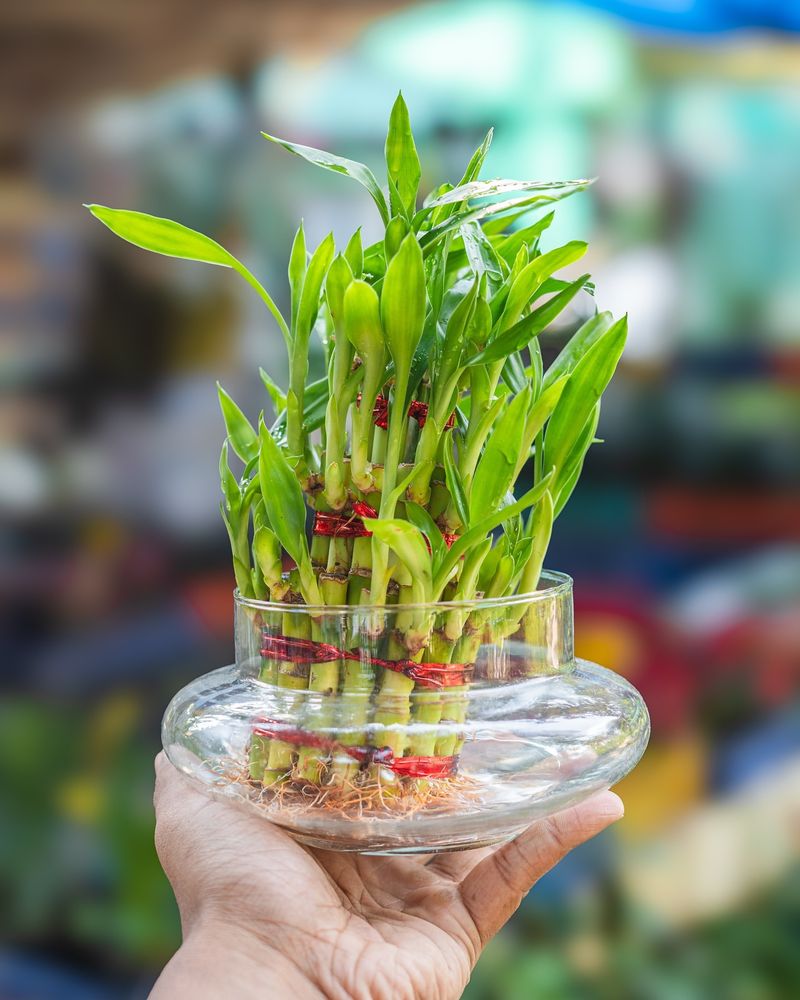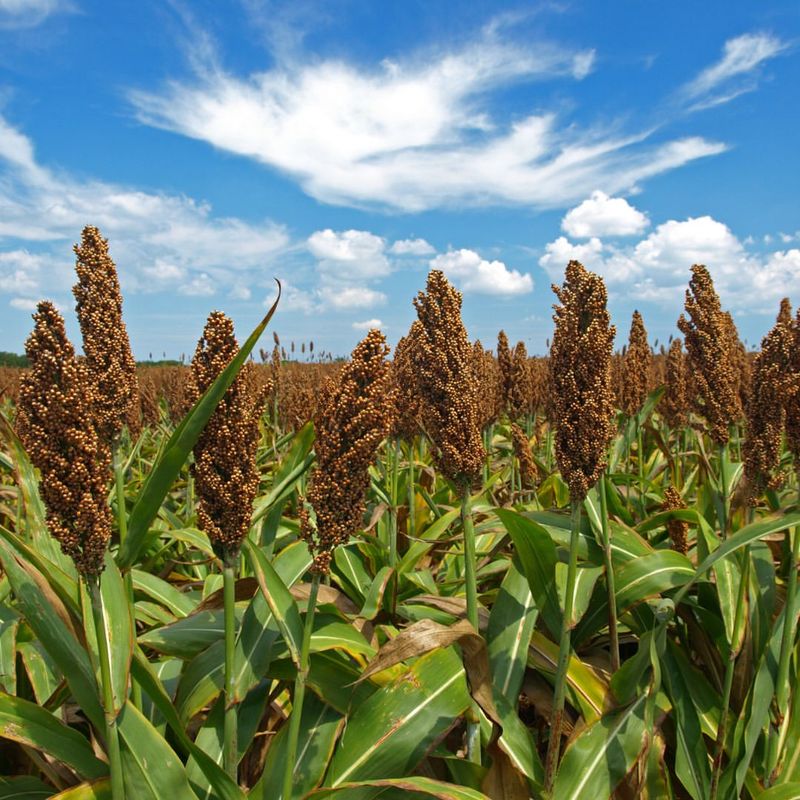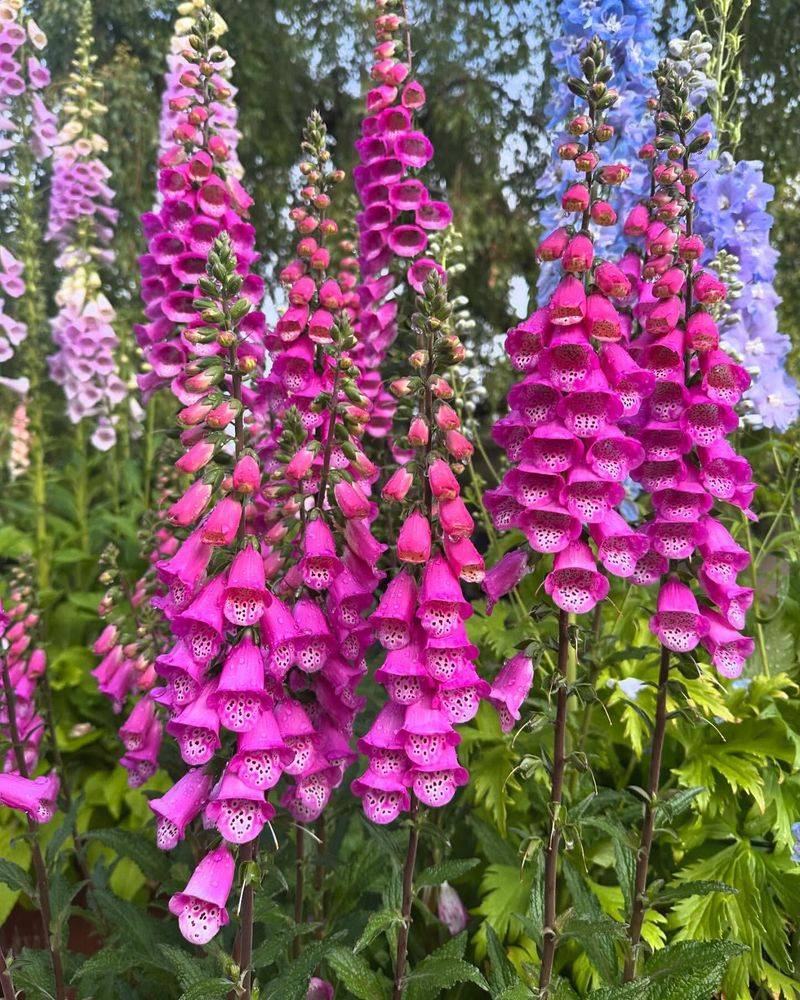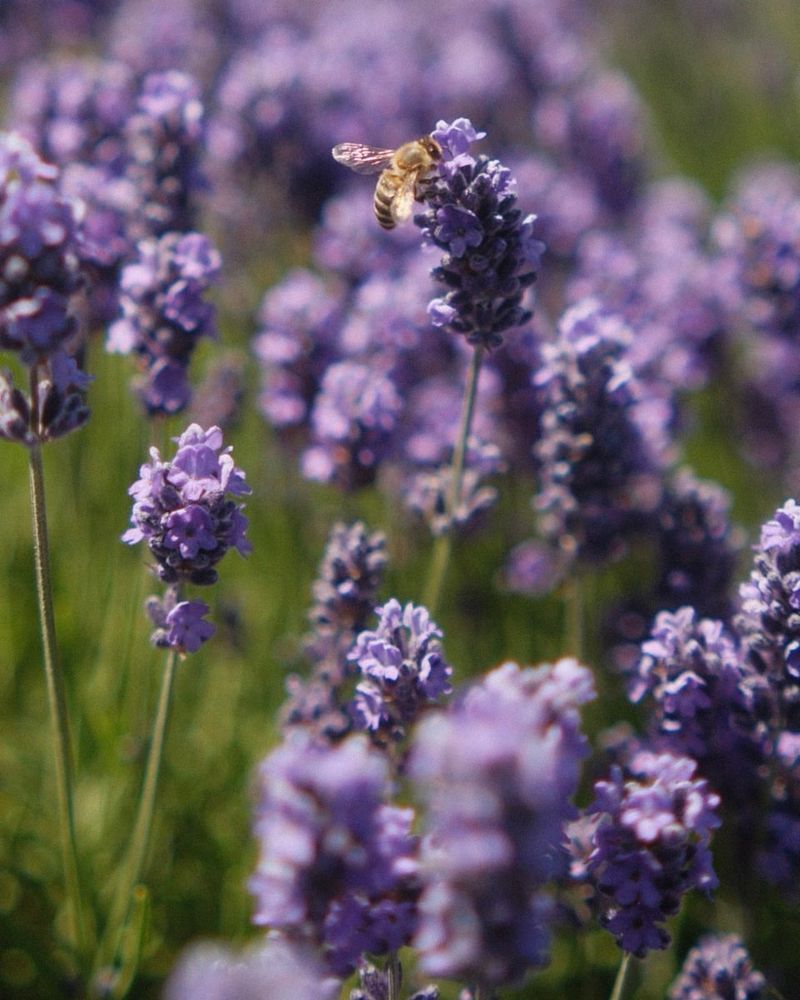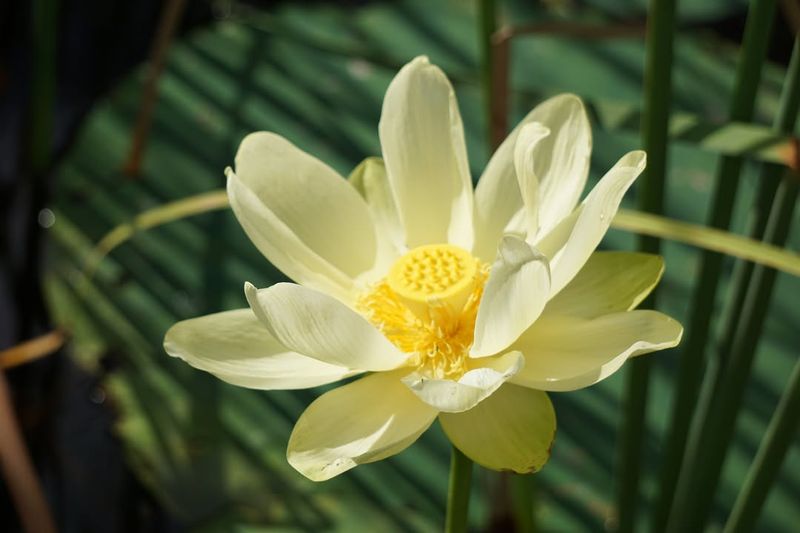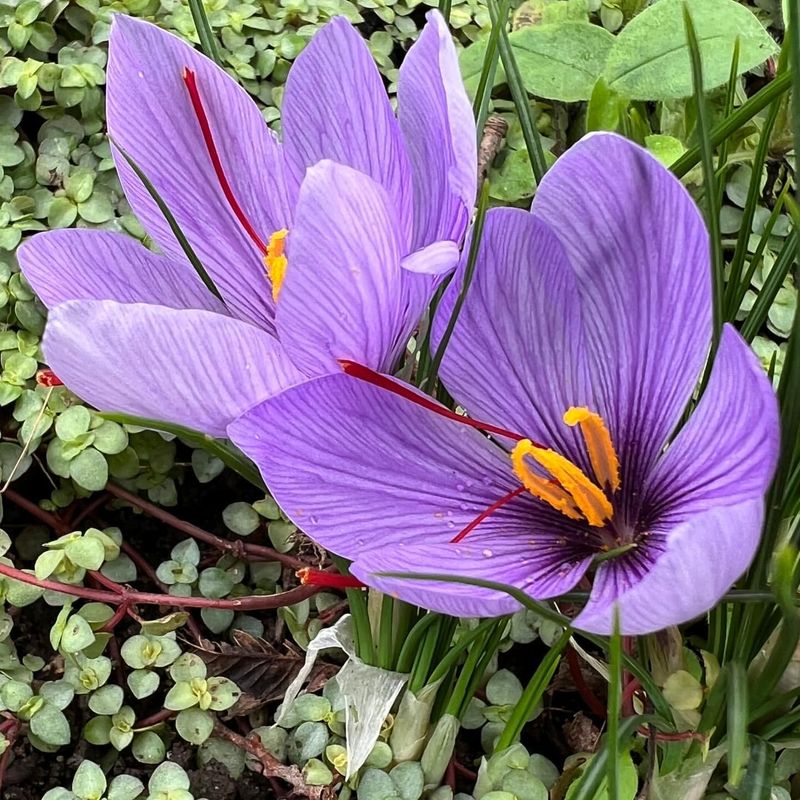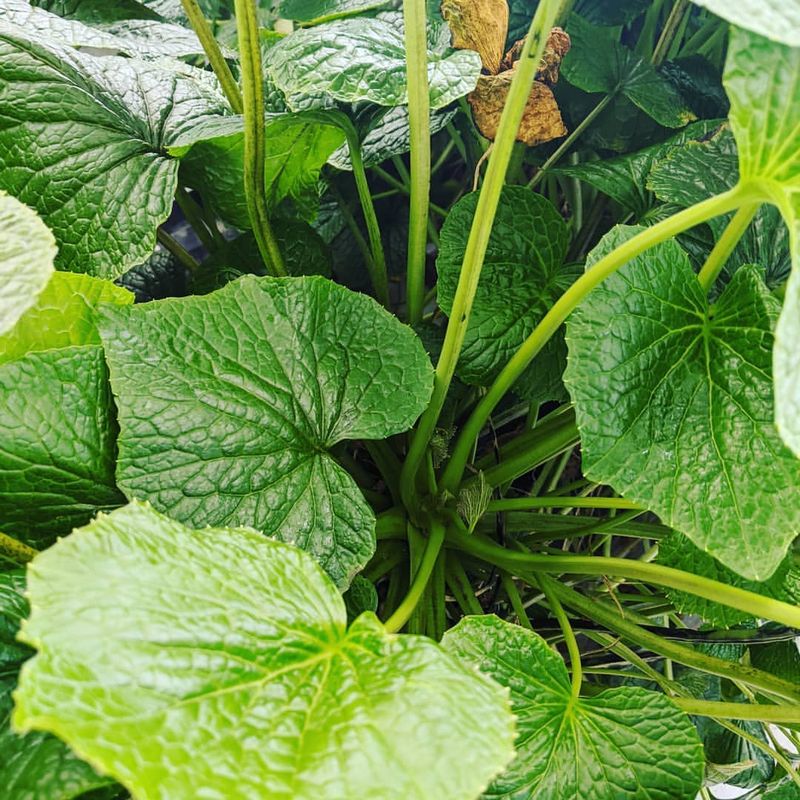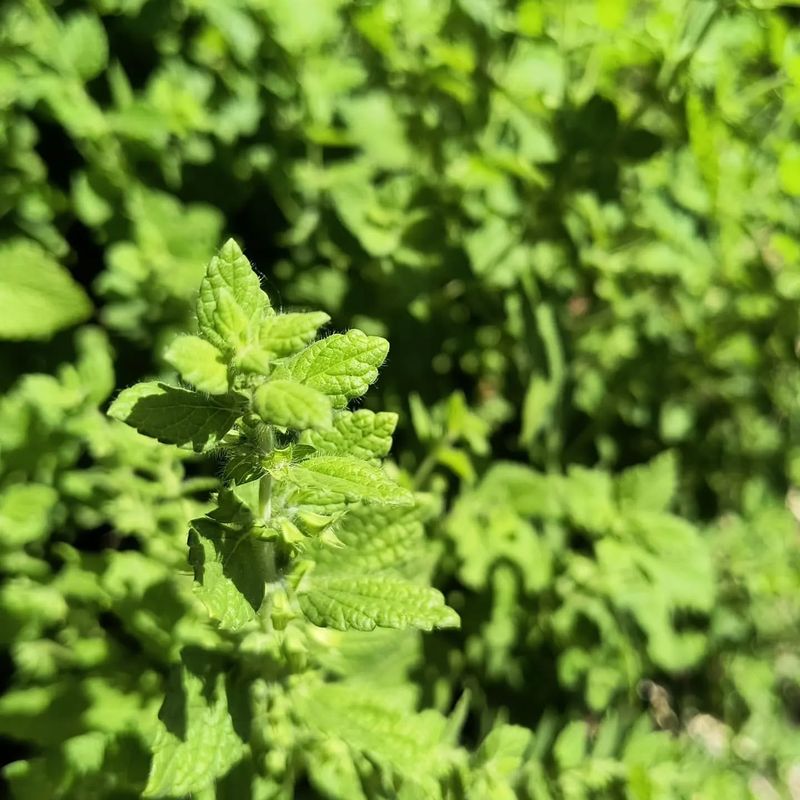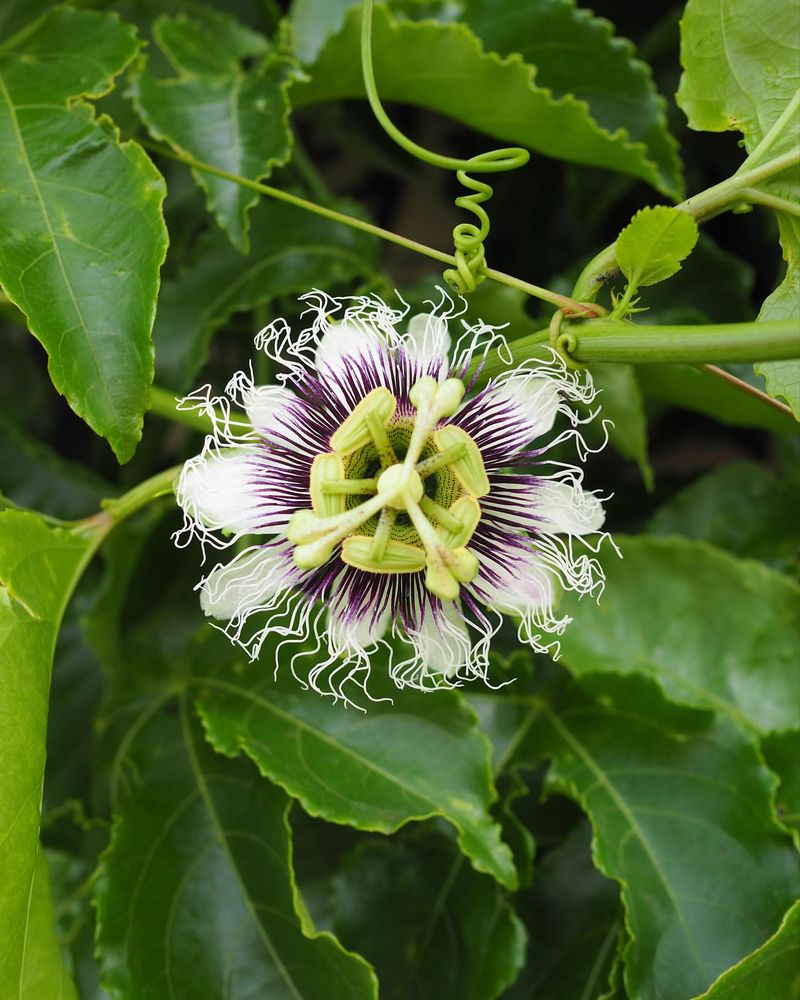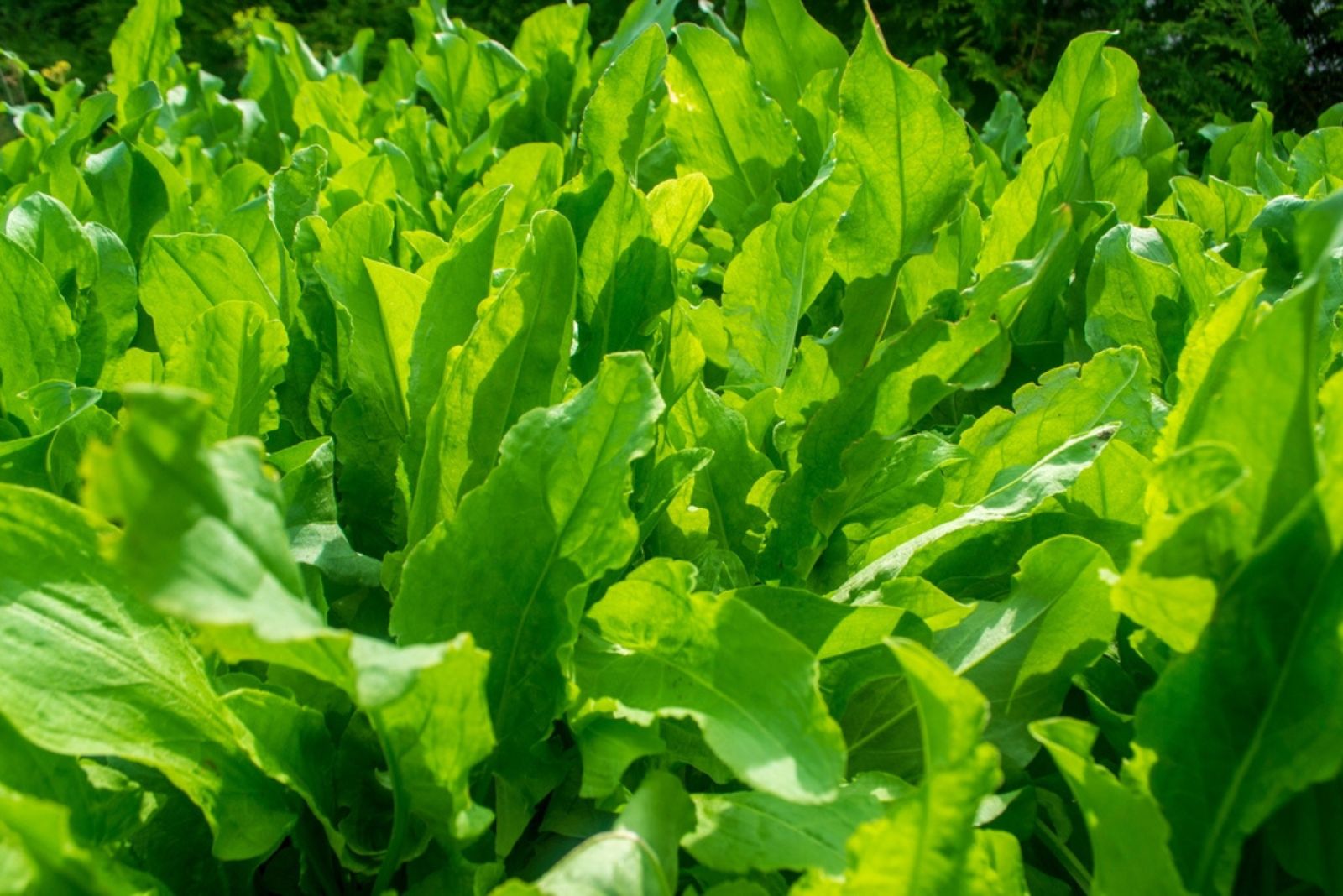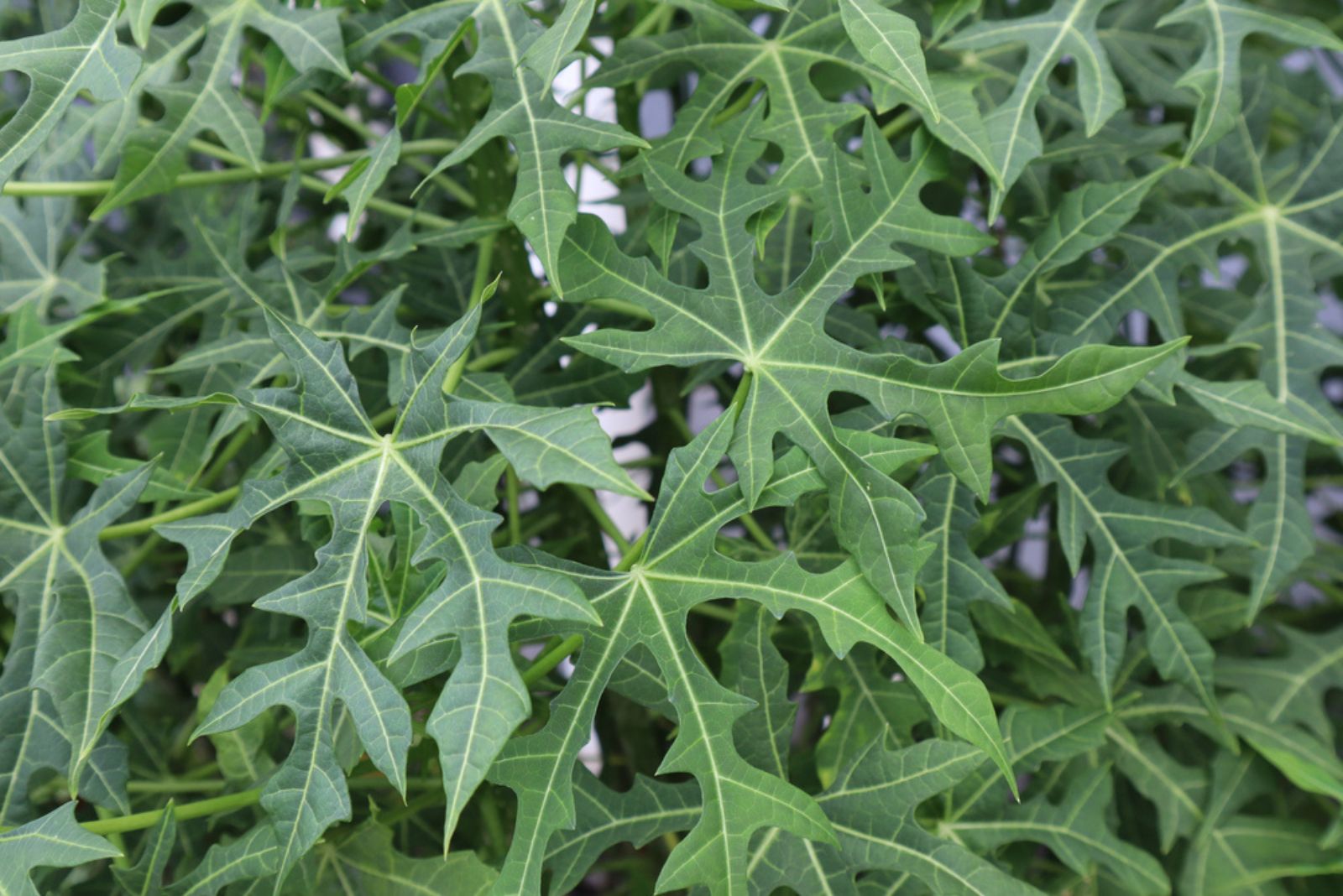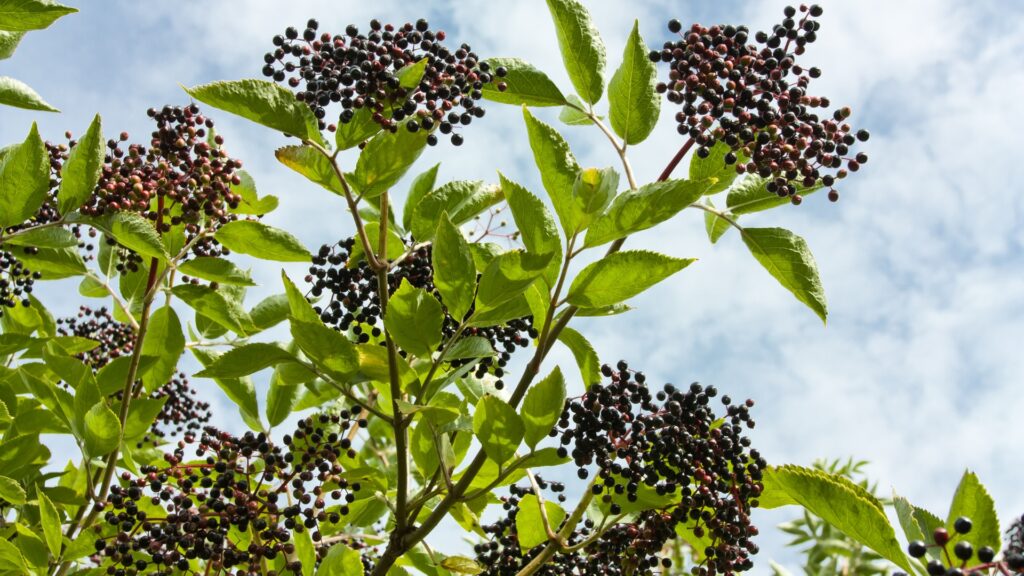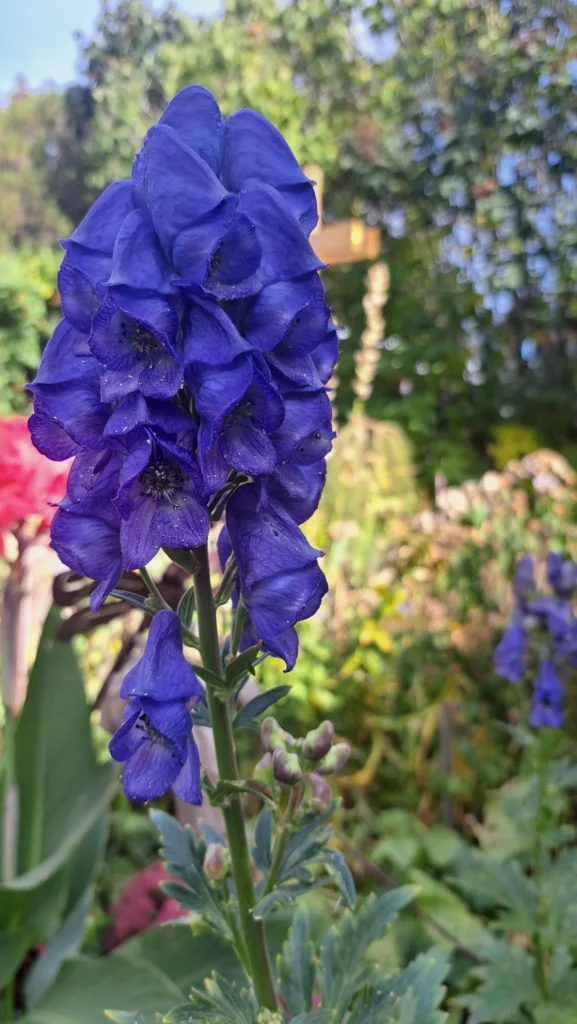It might surprise you, but not everything delicious is fair game for your backyard garden! Some popular foods—yes, even the ones you see at the grocery store—come with a web of rules, restrictions, or straight-up bans when it comes to growing them at home.
I’ve gathered 29 of the most talked-about, tasty crops that are actually off-limits in many places. From legal quirks to environmental risks, these forbidden foods have stories you’ll definitely want to know.
So before you plant that next seed, let’s take a peek at what might land you in hot water instead of hot sauce!
1. Coca Plant
While many people dream of a lush garden, certain plants come with legal restrictions. The coca plant, known for its small green leaves and red berries, is one such example.
This plant is illegal to grow in many places because it is the primary source of cocaine. The plant’s cultivation is heavily regulated and only permitted in select regions for medicinal and cultural purposes.
Growing coca in your backyard could lead to serious legal consequences. Authorities enforce strict laws to prevent misuse, making it crucial to be aware of the regulations surrounding this plant.
2. Opium Poppy
Gardening enthusiasts may be surprised to learn about certain restricted plants. The opium poppy, with its striking pink flowers, is prohibited.
This plant holds a historical significance as it is used in the production of opiates. Its cultivation is illegal in many areas due to the potential for drug manufacturing.
Growing opium poppies without a license can result in severe penalties. Legal frameworks are in place to control its spread, underscoring the importance of understanding local laws before planting.
3. Cannabis
Gardeners might be intrigued by the complex legal status of certain herbs. Cannabis, with its distinctive serrated leaves, often faces restrictions.
Although legal in some regions for medicinal or recreational use, growing cannabis remains illegal in many areas. The legal landscape is continually evolving, requiring gardeners to stay informed.
Unauthorized cultivation can lead to hefty fines. Understanding the specifics of cannabis laws helps gardeners navigate the complexities and avoid potential legal issues.
4. Sassafras
Exploring the world of gardening, one might stumble upon unexpected legalities. The sassafras tree, known for its aromatic leaves and roots, is restricted in some places.
Sassafras contains safrole, a compound once used in root beer but now banned due to health concerns. Growing sassafras may be illegal without permits, as safrole is linked to cancer risk.
Gardeners should research local guidelines if considering sassafras, ensuring compliance with safety regulations and fostering a safe gardening environment.
5. Khat
For those keen on exotic plants, legal considerations can be surprising. Khat, a shrub with elongated green leaves, is often outlawed.
This plant is known for its stimulant properties, leading to its prohibition in many regions. The leaves are traditionally chewed for their psychoactive effects, which are banned in several countries.
Cultivating khat without proper authorization can lead to criminal charges. Staying informed about khat laws is crucial for those interested in this culturally significant plant.
6. Peyote Cactus
Gardeners with a passion for cacti might find legal barriers along the way. Peyote, a small cactus, faces various restrictions.
This plant is famous for its psychoactive alkaloids, primarily mescaline, making it illegal to grow without special permits. It’s often used in religious rituals by indigenous groups.
Unauthorized peyote cultivation can result in legal action. Understanding the cultural importance and legal status of peyote fosters respect for indigenous practices and legal boundaries.
7. Betel Nut
In the diverse world of flora, some plants like the betel nut come with strict legal guidelines. This palm, bearing clusters of orange fruits, is heavily regulated.
Betel nut is commonly chewed in many cultures but linked to health issues like oral cancer. Its cultivation is controlled in several areas due to health concerns.
Growing betel nut without adhering to regulations can lead to legal complications. Being aware of its legal standing helps gardeners make informed choices, balancing cultural significance with health considerations.
8. Absinthe Wormwood
Among the myriad of herbs, absinthe wormwood stands out with its unique history. This feathery green plant, known for its use in absinthe, is restricted in some areas.
Wormwood contains thujone, a compound associated with hallucinations, leading to legal control over its growth. It’s crucial for gardeners to know local laws regarding this herb.
Unauthorized cultivation might attract legal scrutiny. Staying informed allows for responsible gardening, appreciating wormwood’s historical significance while adhering to regulations.
9. Magic Mushrooms
The enchanting world of fungi also faces legal challenges. Magic mushrooms, with their colorful caps, are often illegal to cultivate.
These mushrooms contain psilocybin, a psychedelic compound that is banned in many countries. Cultivating them can lead to strict legal repercussions without permits.
Engaging in mushroom cultivation requires understanding the law. Foraging might be safer for enthusiasts, allowing them to enjoy nature’s bounty without legal concerns.
10. Stevia
Sweetening the home garden can come with unexpected legalities. Stevia, a plant with bright green leaves, faces restrictions in some regions.
Though used as a natural sweetener, its growth was once banned due to health safety concerns. Some places still regulate its cultivation, requiring gardeners to check local guidelines.
Understanding stevia’s legal landscape helps avoid potential issues. Opting for commercially available stevia products can be a convenient alternative for those in restricted zones.
11. Hemlock
Gardeners with an interest in historical plants should tread carefully with hemlock. This tall plant, adorned with white flowers, is highly poisonous.
Due to its toxicity, hemlock is illegal to cultivate in many areas. It’s infamous for its use as a poison throughout history, necessitating strict control.
Growing hemlock without authorization poses significant risks. Awareness of its historical context and legal restrictions ensures safety and compliance for gardening enthusiasts.
12. Rhubarb Leaves
Exploring the nuances of garden plants reveals some surprising dangers. Rhubarb, cherished for its stalks, has toxic leaves that are regulated.
While the stalks of rhubarb are safe, the leaves contain oxalic acid, making them poisonous and illegal to grow in some regions. Understanding this distinction is crucial for safe gardening.
Adhering to local guidelines on rhubarb growth prevents potential health hazards. This awareness allows gardeners to enjoy rhubarb’s culinary benefits without risking safety.
13. Ginseng
Those interested in medicinal plants should note the legalities surrounding ginseng. Known for its forked roots, ginseng is often protected by regulations.
Its high value and overharvesting have led to strict controls over its cultivation. Legal permits are typically required for growing and harvesting ginseng in many areas.
Staying informed about ginseng laws helps preserve this valuable plant. Responsible cultivation supports conservation efforts and ensures compliance with local regulations.
14. Castor Beans
Amidst the variety of garden plants, castor beans pose unique challenges. This plant, with its glossy leaves, produces ricin, a potent toxin.
Due to the dangers associated with ricin, castor bean cultivation is restricted in some regions. It’s essential for gardeners to be aware of these restrictions to ensure safety.
Growing castor beans without regard to regulations can lead to legal trouble. Understanding its toxic nature aids in making informed gardening choices.
15. Water Hyacinth
In the realm of aquatic plants, water hyacinth offers both beauty and challenges. Its stunning purple flowers mask its invasive nature.
This plant can quickly overtake waterways, disrupting ecosystems, and is often illegal to cultivate. Legal measures aim to prevent its spread, protecting native habitats.
Gardeners should verify laws regarding water hyacinth to avoid ecological harm. Embracing alternative water plants can offer beauty without the invasive risks.
16. Wild Garlic
The allure of wild herbs can sometimes lead to legal complications. Wild garlic, with its slender shoots, is subject to regulation.
In some places, wild garlic is protected to prevent overharvesting and ecological imbalance. Legal guidelines ensure its sustainable use and conservation.
Gardening enthusiasts should respect these regulations and seek alternative garlic varieties. Supporting conservation efforts helps maintain biodiversity and ecological health.
17. Bamboo
For those enamored with exotic grasses, bamboo presents unique considerations. This fast-growing plant, with towering stems, is often restricted.
Bamboo’s invasive nature can lead to ecological disruption, prompting legal controls on its cultivation. Understanding these regulations prevents environmental damage.
Gardeners interested in bamboo should research permitted varieties and containment methods. Responsible cultivation ensures harmony with local ecosystems.
18. Sorghum
Exploring the diversity of grains uncovers unexpected legalities, like those of sorghum. This plant, with its golden heads, faces restrictions in some regions.
Sorghum can harbor pests and diseases, leading to agricultural concerns and legal measures. Compliance with these laws protects local crops and ensures food security.
Choosing alternative grains or adhering to guidelines supports sustainable agriculture. Awareness of sorghum’s legal status aids responsible gardening practices.
19. Foxglove
Among ornamental plants, foxglove captivates with its beauty and cautionary tale. Its tall spikes of pink flowers hide a toxic secret.
Due to its poisonous nature, foxglove is regulated in some areas. Understanding local laws prevents accidental ingestion and poisoning.
Gardeners should prioritize safety when considering foxglove. Exploring other ornamental options offers visual appeal without the associated risks.
20. Lavender
In the aromatic world of herbs, lavender’s legality might seem surprising. This beloved plant, known for its fragrant purple flowers, is restricted in certain places.
Lavender’s essential oils can impact local ecosystems, leading to regulations on its cultivation. Gardeners need to check regional guidelines to avoid fines.
Exploring certified lavender products can be a viable alternative. Staying informed ensures responsible gardening and environmental protection.
21. American Lotus
In aquatic gardening, the American lotus offers elegance and challenges. Its large pink blooms are protected by law.
This plant is often endangered or invasive, leading to legal protections or restrictions. Understanding these measures is vital for water gardeners.
Choosing native or non-invasive water plants contributes to biodiversity. Awareness of the lotus’s legal status enhances responsible aquatic gardening.
22. Saffron Crocus
The allure of exotic spices like saffron uncovers intriguing legalities. The saffron crocus, with its purple petals, is subject to regulation.
Due to its high value and risk of overharvesting, saffron cultivation is controlled in some regions. Compliance with these laws supports sustainable practices.
Gardeners interested in saffron should explore legal options and conservation efforts. Embracing responsible cultivation ensures both quality and environmental balance.
23. Wasabi
In the realm of spicy plants, wasabi presents unique legal considerations. This plant, with its thick stems, is notoriously difficult to cultivate.
Wasabi requires specific growing conditions, leading to legal protections and restrictions in certain areas. Understanding these complexities is crucial for aspiring growers.
Alternatively, gardeners can explore wasabi substitutes or purchase from reputable sources. Staying informed allows for responsible enjoyment of this pungent plant.
24. Lemon Balm
Among calming herbs, lemon balm’s legal status can be surprising. Known for its soothing scent, this plant is regulated in some regions.
Lemon balm can impact native plant populations, leading to cultivation restrictions. Gardeners should be aware of these regulations to preserve local biodiversity.
Exploring legal alternatives or pre-packaged lemon balm products can provide peace of mind. Responsible gardening ensures harmony with the environment.
25. Passionfruit
The world of exotic fruits reveals fascinating legal intricacies, such as those of passionfruit. This vine, with its purple flowers, faces cultivation controls.
In some areas, passionfruit is seen as invasive, prompting legal measures to protect native species. Understanding these guidelines is essential for fruit enthusiasts.
Exploring cultivated passionfruit varieties or alternative fruits supports ecological balance. Awareness of legal frameworks ensures safe and enjoyable gardening experiences.
26. Sorrel
It’s got that zesty, lemony flavor that can turn a boring salad into something gourmet. But sorrel is high in oxalic acid, which can cause health issues if you eat too much too often.
While a few leaves here and there are totally fine, growing large amounts or using it daily is where things get dicey.
Some places even limit how it’s grown or served in public spaces because of those risks. Keep it cute, but keep it small.
27. Chaya
This leafy green looks like the ultimate nutrient-packed garden addition, but don’t let the vibes fool you. Chaya contains natural compounds that release cyanide when eaten raw—yes, actual cyanide.
It’s only safe to eat after boiling for at least 15–20 minutes, which makes it more high-maintenance than your average spinach.
Because of the risk, some regions restrict or discourage growing it unless you’re trained in handling it properly. Fun in theory, but maybe skip unless you’re fully committed to food safety queen behavior.
28. Elderberry
Elderberry might seem like the perfect plant for homemade syrups and wellness remedies, but it comes with a legal twist in some areas. This shrub, with its clusters of dark purple berries, is beloved for its immune-boosting properties.
However, parts of the plant—especially the leaves, stems, and unripe berries—contain cyanogenic glycosides, which can produce cyanide when ingested. Because of these toxic compounds, some regions regulate elderberry cultivation to prevent accidental poisoning.
If you’re dreaming of elderberry patches in your backyard, check your local guidelines first. Opting for commercially prepared elderberry products might be the safer bet for those in restricted zones.
29. Monkshood
Draped in striking purple-blue petals, monkshood is a gothic beauty with a dangerous side. Also known as wolfsbane, this perennial plant is highly toxic from root to flower.
Monkshood contains potent alkaloids like aconitine, which can cause severe poisoning even through skin contact. Due to its deadly nature, some regions have banned or heavily restricted its cultivation, particularly near schools or residential areas.
Gardeners drawn to its dramatic appearance should exercise extreme caution. Knowing local regulations and understanding monkshood’s risks ensures safety for both people and pets—because pretty can still be perilous.

